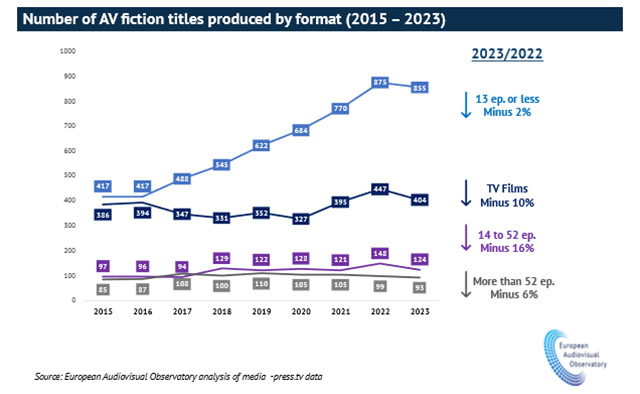World
How times change! India, China to drive global growth; US, Europe to be the laggards
)
The story so far: The International Monetary Fund in its latest report has upgraded its economic outlook this year for China, India and Europe while modestly lowering expectations for the United States and Japan. It has been said that while India and China are driving the pace of global economic growth, the economies of the US, Japan and to some extent, Europe remain a concern.
The fine prints
The IMF has reported that India and China are now not only at the forefront of global economic growth, they are accounting for nearly half of the world’s economic expansion. The IMF’s World Economic Outlook, released on Tuesday, highlighted the significant role of Asia’s emerging markets in driving the global economy while expressing concerns about mounting debt and inflation in the United States and Europe.
The IMF has upgraded forecasts for China, India, and Europe while slightly lowering expectations for the United States and Japan. Despite this, the global economy is projected to grow at a modest 3.2% this year, unchanged from the April forecast and below the pre-pandemic average of 3.8% annually.
This is a reversal of sorts as traditionally, the US and Europe have been drivers of global economic growth. The US and Europe — with about 46 per cent share in the world’s GDP — appear to be applying brakes on the acceleration that China and India — with a combined share of about 21 per cent of the world’s GDP — are providing to the global economic vehicle.
Economic projections and performance
The IMF has projected global output to grow at 3.2 per cent in 2024, with a slight increase to 3.3 per cent in 2025. These figures remain largely unchanged from the organisation’s April forecast.
A substantial portion of this growth is attributed to China’s economy, expected to expand by five per cent this year. This growth rate in itself is robust given the size of the Chinese economy but it falls short of the 6.1 per cent rate estimated by China’s National Bureau of Statistics. China’s strong start to 2024 was hampered by a real estate downturn in the spring, highlighting vulnerabilities in its economic structure.
The Chinese economy faces long-term challenges, including a collapsing housing market and an ageing population.
The latest report says India will grow at seven per cent in 2024. This projection is upward compared to the IMF’s projection made in April, when it saw the country growing at 6.8 per cent. IMF has previously described India as the world’s fastest-growing economy. This can be largely attributed to improvements in private consumption, especially in rural parts of the country, the report said.
But political uncertainty in West and trade tensions with China a worry
Political instability and rising protectionism, particularly from the United States and European Union, are exacerbating inflationary pressures. Both President Joe Biden and former President Donald Trump have adopted tariffs on Chinese goods, including electric vehicles, steel, semiconductors, and critical minerals, as key elements of their political campaigns. The IMF warns that such policies could lead to significant economic policy shifts post-elections, increasing global uncertainty.
Despite strong growth in the euro area, high borrowing rates continue to challenge EU economies. France’s left-wing New Popular Front coalition, which recently secured significant electoral victories, has proposed policies that could raise government spending by approximately $163 billion, potentially increasing national debt. This development underscores the ongoing economic struggles within Europe, even as the region shows signs of recovery.
This comes amid global inflation trends
Global inflation remains high, though the IMF expects it to decrease from 6.7 per cent in 2023 to 5.9 per cent this year. This persistent inflation may compel central banks to maintain elevated borrowing costs, despite recent significant interest rate hikes.
IMF Chief Economist Pierre-Olivier Gourinchas notes that this scenario poses a substantial risk to achieving a ‘soft landing’ for the global economy.
Concerns in US and Japan, early signs in Europe
The United States is anticipated to experience slower growth than previously forecasted, primarily due to high inflation affecting consumer spending. Federal Reserve chair Jerome Powell has indicated that more evidence is needed to ensure inflation is moving towards the two per cent target before considering interest rate cuts. Analysts suggest that the Fed might begin lowering rates as early as September, though no definitive timeline has been provided.
The IMF has downgraded its growth forecast for the US to 2.6%, reflecting a weak first quarter. Similarly, Japan’s growth projection has been revised down to 0.7% for 2024, impacted by disruptions in the automotive sector. These revisions highlight the ongoing economic challenges in these developed economies.
Europe is showing signs of economic recovery, with the IMF raising its growth forecast for the eurozone to 0.9% for 2024, up from 0.5% in 2023. This improvement is attributed to a rise in services businesses, despite the region grappling with the aftermath of Russia’s invasion of Ukraine and high energy prices.
The battle against inflation is still to be fought
Global inflation, which surged to 8.7% in 2022, is expected to ease gradually. However, persistent inflation in the services sector remains a significant hurdle. The IMF warns that central banks may need to keep interest rates higher for longer to combat inflation, which could dampen global growth prospects.
What it means, the big picture
India and China continue to be pivotal in driving global economic growth, amidst a backdrop of political and economic uncertainties in the US and Europe. The IMF’s latest projections underscore the shifting dynamics of the global economy, with Asia’s emerging markets playing an increasingly crucial role.
However, there’s an undertone of warning. Once growing in double digits, China’s economy is facing serious challenges including long-term ones — such as the collapse of its housing market and an ageing population, meaning the famed Chinese factories would be facing acute labour shortages. As a result, by 2029, Gourinchas wrote, China’s growth will slow to 3.3%.
As the world looks at ways to deal with inflationary pressures amid geopolitical tensions, the economic strategies adopted by these major players will be instrumental in shaping the future trajectory of global growth.










.jpeg?tr=w-1200%2Cfo-auto)